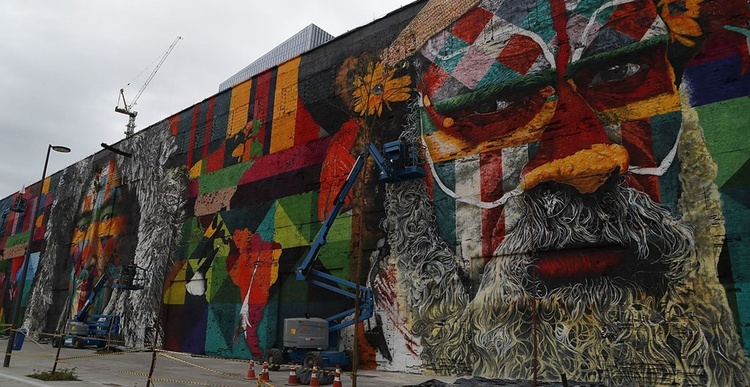
Contemporary art in Latin America
In the 19th century, art was focused on portraiture and landscape, but beginning in the 20th century there was a break and art began to be taken as a tool of protest, demonstration and revolution in Latin America. Something that characterizes the style of contemporary Latin American artists is the hybridization of cultures and races, which has given added value to the art of these countries.
The main artistic movements that influenced Latin American artists were impressionism and post-impressionism at first, for example, Paul Gaugin was an inspiration for Mexican muralists, especially Diego Rivera. Later, surrealism arrived, which took Mexico as one of the main meeting points for both national and international artists. The purely plastic discourse was left behind with the avant-garde, who took art with a critical and social discourse.
After the Second World War in countries like Argentina and Brazil there was great exploration and some Latin American artists such as: Cándido Portinari, Carmelo Arden Quin and Joaquín Torres García made important contributions to abstract art.
Contemporary Latin American artists have demonstrated an exhaustive exploration of transdisciplinary techniques and works. Thus, Latin American art is recognized for its focus and ambition, mixing techniques, skills, heritage and creativity that make art a dynamic universe.
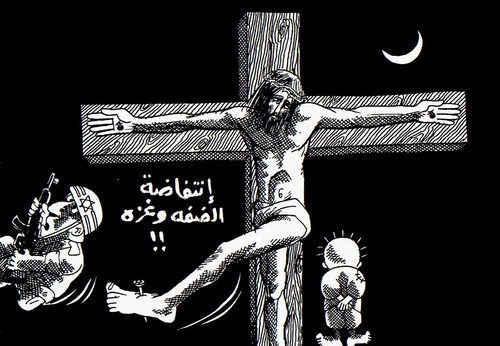
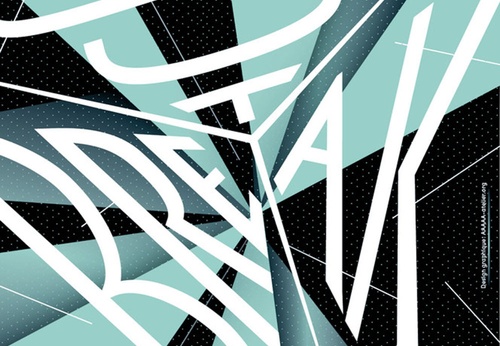


- July 04, 2025
Photography as a Tool for Telling History
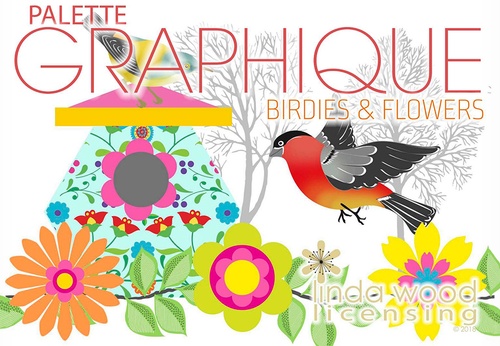
- July 04, 2025
Palette Graphique Birdies and Flowers | Linda Wood
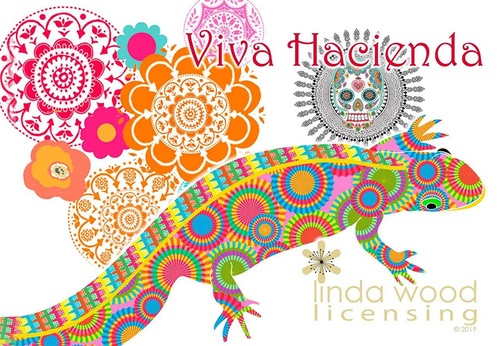
- July 03, 2025
Mexican Inspirations in the Art of Linda Wood
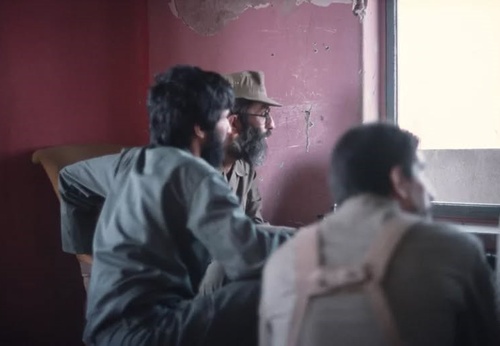
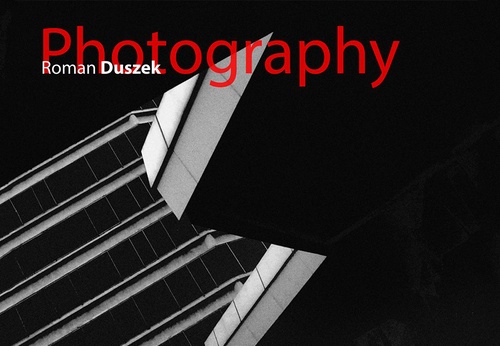
- July 03, 2025
Roman Duszek | Photography

- July 04, 2025
Graphic Design and Creating Iconic Bran…

- July 04, 2025
Photography as a Tool for Telling Histo…

- July 03, 2025
Painting and abstract art: differences …

- July 02, 2025
The Best Software for Digital Art and G…

- July 01, 2025
How Digital Artists Collaborate with Ar…

- July 01, 2025
Reflections of Digital Art in Different…

- June 30, 2025
Crítica de Obras Artísticas Criadas por…

- June 30, 2025
What are Plastic Arts?

- June 30, 2025
Images Against Silence: Artists Who Cha…

- June 29, 2025
History of Art Photography in the 20th …

- June 28, 2025
The 11 types of art and their meanings

- June 28, 2025
Contemporary Art is postmodern art

- June 26, 2025
Graphic Design, Art, and Technology: Wh…

- June 25, 2025
Graphic Design and Modern Content Creat…

- June 25, 2025
Art as a Manifestation of Resistance

- June 24, 2025
Latin American Art in the world

- June 24, 2025
Painting as a form of emotional express…

- June 23, 2025
14 questions and answers about the art …

- June 23, 2025
9 Latino painters and their great contr…

- June 22, 2025
The most famous image of Ernesto "Che" …

- August 29, 2023
The history of Bolivian art

- February 19, 2024
Analysis and meaning of Van Gogh's Star…

- January 28, 2024
Culture and Art in Argentina

- September 25, 2023
What is the importance of art in human …

- September 23, 2023
What is paint?

- August 10, 2023
14 questions and answers about the art …

- August 30, 2023
First artistic manifestations

- August 23, 2023
The 11 types of art and their meanings

- January 12, 2024
10 most beautiful statues and sculpture…

- September 23, 2023
Painting characteristics

- September 23, 2023
History of painting

- March 26, 2024
The importance of technology in art1

- August 16, 2023
The 15 greatest painters in art history

- April 06, 2024
History of visual arts in Ecuador

- January 31, 2024
Examples of Street Art – Urban Art

- January 20, 2024
What is the relationship between art an…

- April 07, 2024
Graffiti in Latin American culture

- March 26, 2024
Cultural identity and its impact on art…

- August 25, 2024
A Comprehensive Analysis of the Cartoon…

- October 21, 2023
Contemporary art after the Second World…

- February 19, 2024
Analysis and meaning of Van Gogh's Star…

- August 13, 2023
9 Latino painters and their great contr…

- August 10, 2023
14 questions and answers about the art …

- August 29, 2023
The history of Bolivian art

- January 28, 2024
Culture and Art in Argentina

- August 23, 2023
The 11 types of art and their meanings

- November 06, 2023
5 Latin American artists and their works

- August 27, 2023
15 main works of Van Gogh

- September 23, 2023
Painting characteristics

- September 23, 2023
What is paint?

- September 25, 2023
What is the importance of art in human …

- December 18, 2023
10 iconic works by Oscar Niemeyer, geni…

- August 30, 2023
First artistic manifestations

- January 20, 2024
What is the relationship between art an…

- March 26, 2024
Cultural identity and its impact on art…

- January 12, 2024
10 most beautiful statues and sculpture…

- October 30, 2023
Characteristics of Contemporary Art

- August 22, 2023
What are Plastic Arts?

- April 16, 2024
The most important painters of Latin Am…

- August 24, 2023



